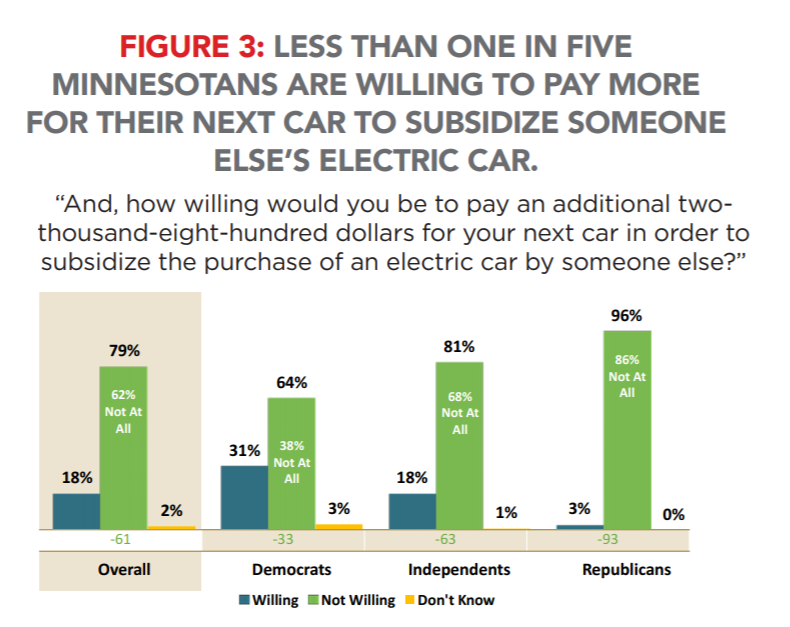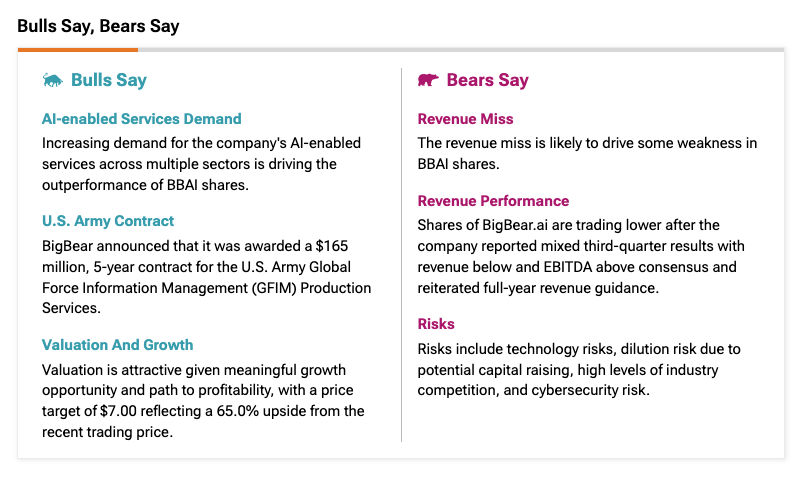Renewed Opposition From Car Dealers To EV Mandates

Table of Contents
Economic Concerns of Dealerships Facing EV Transition
The shift to EVs presents significant economic challenges for car dealerships, impacting their profitability and operational models. This renewed opposition stems from substantial changes in revenue streams and increased operational costs.
Impact on Profit Margins
The transition to EVs significantly alters dealership revenue streams, impacting profit margins in several ways:
- Lower profit margins on EV sales: EVs often have lower profit margins compared to gasoline-powered vehicles due to different manufacturing processes and supply chains. This directly affects the bottom line for dealerships.
- Increased training costs for technicians: Servicing EVs requires specialized training and tools, representing a considerable investment for dealerships. Technicians need to be retrained on high-voltage systems, battery management, and specialized diagnostic equipment.
- Investments in charging infrastructure: Dealerships need to invest in charging infrastructure to support EV sales and service, adding to their capital expenditure. This includes installing fast chargers and upgrading electrical grids.
- Loss of revenue from traditional service repairs: EVs have fewer moving parts and require less frequent maintenance, resulting in a potential loss of service revenue for dealerships heavily reliant on traditional repair services.
Inventory Management Challenges
Managing EV inventory presents unique challenges compared to traditional vehicles:
- Lower demand for certain EV models: Demand for specific EV models can fluctuate significantly, leading to inventory imbalances and potential losses. This uncertainty makes inventory management more complex.
- Longer lead times for EV parts: Sourcing parts for EVs can take considerably longer compared to gasoline vehicles, potentially disrupting service operations and customer satisfaction.
- Difficulty predicting future EV sales: The relatively nascent nature of the EV market makes it challenging for dealerships to accurately predict future sales and optimize inventory levels.
- Risk of unsold inventory: The high initial investment in EV inventory carries a higher risk of unsold stock, potentially leading to financial losses for dealerships.
Lack of Consumer Demand and Market Readiness for Mass EV Adoption
Dealerships are also concerned about the lack of widespread consumer demand and the market's readiness for mass EV adoption.
Consumer Concerns about EV Range and Charging Infrastructure
Several consumer anxieties hinder the mass adoption of EVs:
- Limited driving range compared to gasoline vehicles: Range anxiety—the fear of running out of battery power—remains a significant barrier for many potential EV buyers.
- Long charging times: Charging times for EVs are generally longer than refueling gasoline vehicles, impacting convenience and practicality.
- Inconsistent availability of public charging stations: The lack of widespread, reliable public charging infrastructure discourages EV adoption, particularly for long-distance travel.
- High initial purchase price of EVs: The higher upfront cost of EVs compared to gasoline vehicles remains a significant barrier for many consumers.
The Role of Government Incentives and Public Perception
Government incentives and public perception play a crucial role in influencing EV adoption rates:
- Insufficient government incentives to offset higher initial cost: Current government incentives may not be sufficient to fully offset the higher purchase price of EVs, making them less attractive to budget-conscious consumers.
- Negative media coverage regarding EV technology and reliability: Negative media reports about EV technology or reliability can erode consumer confidence and hinder adoption rates.
- Concerns about battery lifespan and disposal: Concerns about battery lifespan, environmental impact, and the disposal of EV batteries also influence consumer perception.
Dealership Infrastructure and Training Requirements for EV Sales and Service
The transition to EVs requires significant investments in dealership infrastructure and training.
Significant Investment in New Equipment and Training
Dealerships face substantial investments to adapt to the EV market:
- Specialized tools and equipment for EV repair: Servicing high-voltage systems requires specialized tools and safety equipment, adding significant costs for dealerships.
- Training programs for technicians on EV mechanics: Dealerships need to invest in comprehensive training programs for their technicians to acquire the skills needed to repair and maintain EVs.
- Investment in charging infrastructure at dealerships: Dealerships need to invest in charging stations to support the growing demand for EV charging services.
- Upgrading existing facilities to handle high-voltage systems: Dealership facilities may require upgrades to ensure safe handling of high-voltage systems found in EVs.
Lack of Government Support for Dealerships in Transition
The lack of adequate government support further exacerbates the challenges faced by dealerships:
- Insufficient funding for dealership upgrades: Government funding programs may not be sufficient to cover the costs of upgrading facilities and training staff.
- Lack of clear guidelines and regulations: Unclear guidelines and regulations can create uncertainty and hinder dealerships' ability to plan for the EV transition.
- Limited access to training programs: Access to high-quality and affordable training programs for technicians may be limited.
- Bureaucratic hurdles in obtaining subsidies or grants: The application process for government subsidies or grants may be complex and time-consuming, discouraging dealerships from seeking assistance.
Conclusion
The renewed opposition from car dealers to EV mandates is driven by a confluence of factors, including substantial economic challenges, a lack of sufficient consumer demand and market readiness, and significant infrastructure and training requirements. These concerns highlight the need for a collaborative approach to ensure a successful transition to electric vehicles. Addressing the economic concerns of dealerships through targeted support programs, facilitating consumer adoption through improved infrastructure and robust public awareness campaigns, and providing adequate training and resources to dealerships are critical steps. Addressing the renewed opposition from car dealers to EV mandates requires a collaborative approach, fostering a more supportive environment for dealerships to embrace the electric vehicle transition and accelerate the adoption of electric vehicles. Only through a collaborative effort between governments, manufacturers, and dealerships can we overcome these challenges and achieve the goals of widespread EV adoption.

Featured Posts
-
 Analyzing The Big Bear Ai Bbai Stock Drop In 2025
May 20, 2025
Analyzing The Big Bear Ai Bbai Stock Drop In 2025
May 20, 2025 -
 Embrace The Journey Why Solo Trips Are Trending
May 20, 2025
Embrace The Journey Why Solo Trips Are Trending
May 20, 2025 -
 David Walliams Cancelled Joke Leaves Lorraine Kelly Uncomfortable
May 20, 2025
David Walliams Cancelled Joke Leaves Lorraine Kelly Uncomfortable
May 20, 2025 -
 College Enrollment Decline A Threat To The Economic Stability Of Boom Towns
May 20, 2025
College Enrollment Decline A Threat To The Economic Stability Of Boom Towns
May 20, 2025 -
 Angely I Restorany Biznes Plyuschenko Sikharulidze I Kuznetsovoy
May 20, 2025
Angely I Restorany Biznes Plyuschenko Sikharulidze I Kuznetsovoy
May 20, 2025
